When to Automate Your Detergent Powder Packaging Process
In the relentless pursuit of efficiency and cost optimization, manufacturers of detergent powder face a pivotal decision: when to automate their packaging process. With advancements in technology, automation has emerged as a potential game-changer, promising streamlined operations, enhanced productivity, and reduced labor costs. However, determining the optimal timing for automation requires careful consideration.
Signs of Automation Readiness
High Production Volume: If your production volume has surged significantly, manual packaging may become a bottleneck, leading to delays and inefficiencies. Automation can alleviate this pressure by handling high throughput rates seamlessly.
Labor Shortage and Cost: The increasing scarcity and rising cost of skilled labor make automation a compelling proposition. By automating the packaging process, manufacturers can reduce their reliance on manual labor, mitigating workforce challenges and saving on wages.
Packaging Complexity: Complex packaging designs, such as multi-layer bags with zippers or spout closures, can be challenging to package manually. Automation provides precision and consistency, ensuring error-free packaging that meets quality standards.
Environmental Regulations: Automation can help manufacturers comply with stringent environmental regulations by reducing waste and emissions. Automated packaging machines are often designed to optimize resource consumption and minimize environmental impact.
Factors to Consider
While the signs above may indicate automation readiness, manufacturers should also consider the following:
Investment Cost: Automation equipment can be expensive, and the return on investment should be carefully assessed.
Technical Expertise: Implementing and maintaining an automated packaging system requires specialized technical expertise. Manufacturers should evaluate their capabilities or consider outsourcing to ensure proper operation.
Market Demand Trends: Anticipating future demand is crucial. If production volume is expected to fluctuate significantly, manual packaging may offer greater flexibility and adaptability.
Automating the detergent powder packaging process can unlock significant benefits, but the timing of implementation is critical. By carefully evaluating production volume, labor availability, packaging complexity, and environmental regulations, manufacturers can determine when automation becomes a strategic imperative. With proper planning and execution, embracing automation can transform packaging operations, driving efficiency, optimizing costs, and ensuring compliance.
-
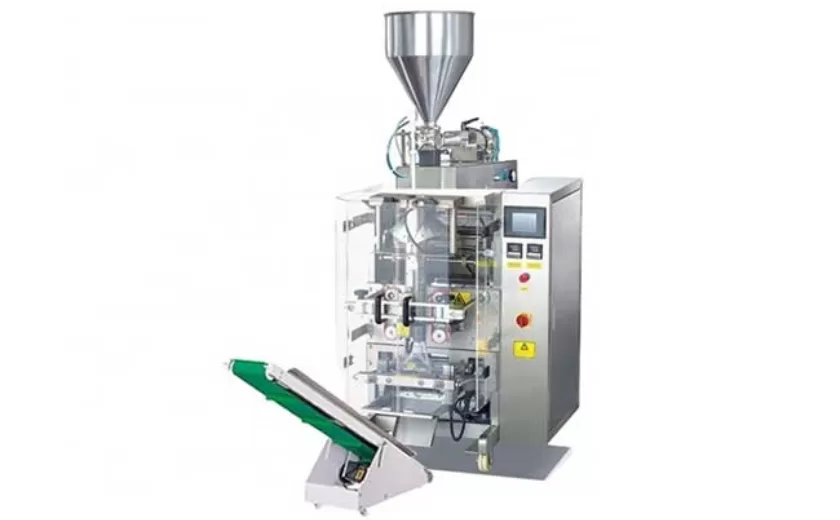
Advanced Packing Solutions: Snacks, Sugar, and Frozen Food Machines
29-10-2025 -
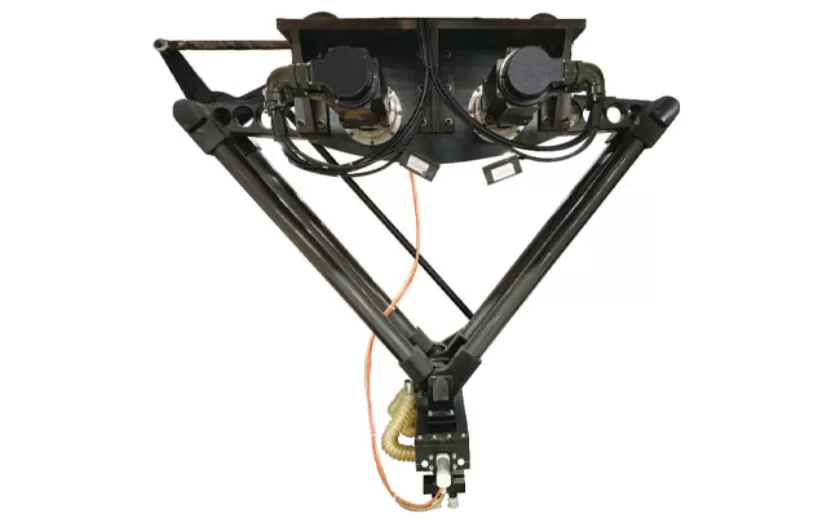
Efficient and Reliable Solutions for Salt, Nuts, and Frozen Dumplings Packing
29-10-2025 -
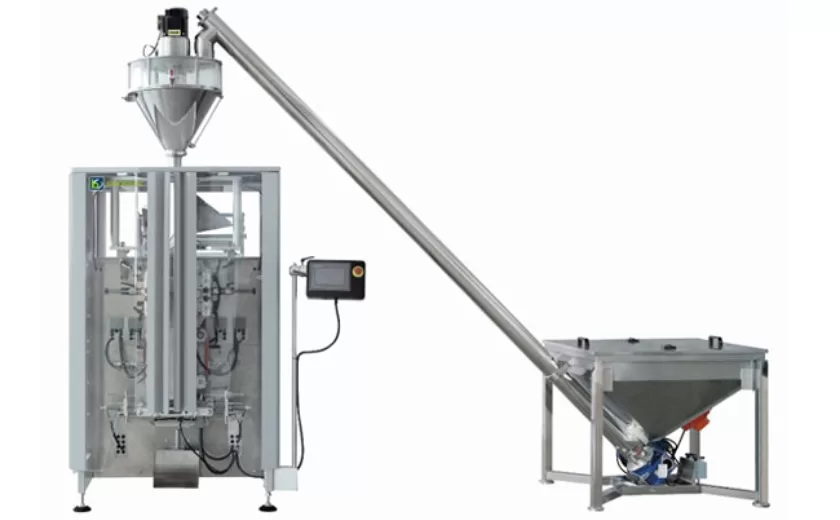
High-Performance Biscuits, Lollipop, and Ketchup Packing Machines for Modern Food Production
29-10-2025 -

Efficient Liquid Filling and Packing Machines for Modern Production
23-10-2025 -
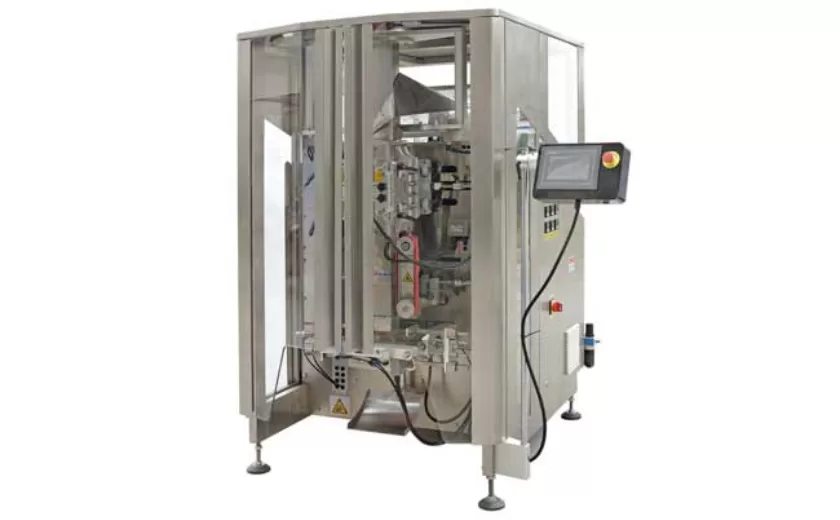
Reliable Granule Packaging Machines for Efficient Production
23-10-2025 -

Efficient Auger Powder Filling Machines for Accurate Packaging
23-10-2025 -

High-Performance Liquid Filling and Packing Machines for Hygienic Production
10-10-2025 -

High-Efficiency Granule Packaging Machines for Precision and Speed
10-10-2025 -

High-Precision Auger Type Powder Filling Machines for Efficient Packaging
10-10-2025 -
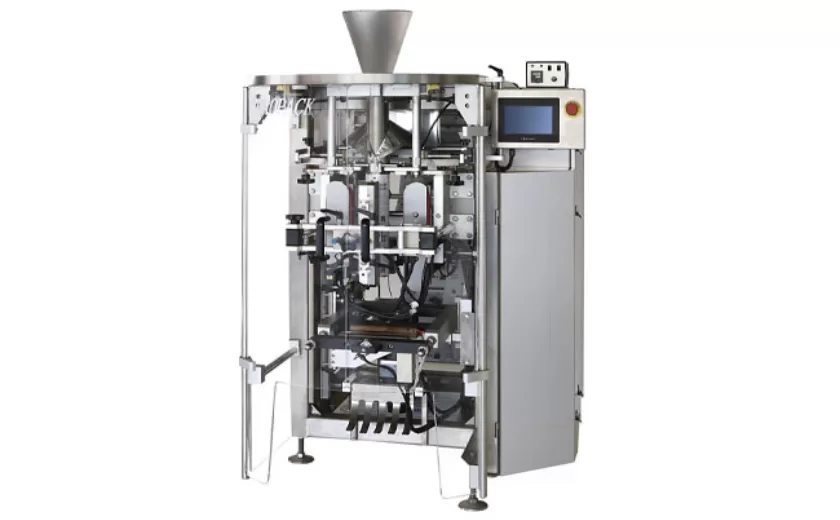
Efficient Vertical Form Fill Seal Packaging Machines for Smart Production
10-10-2025





